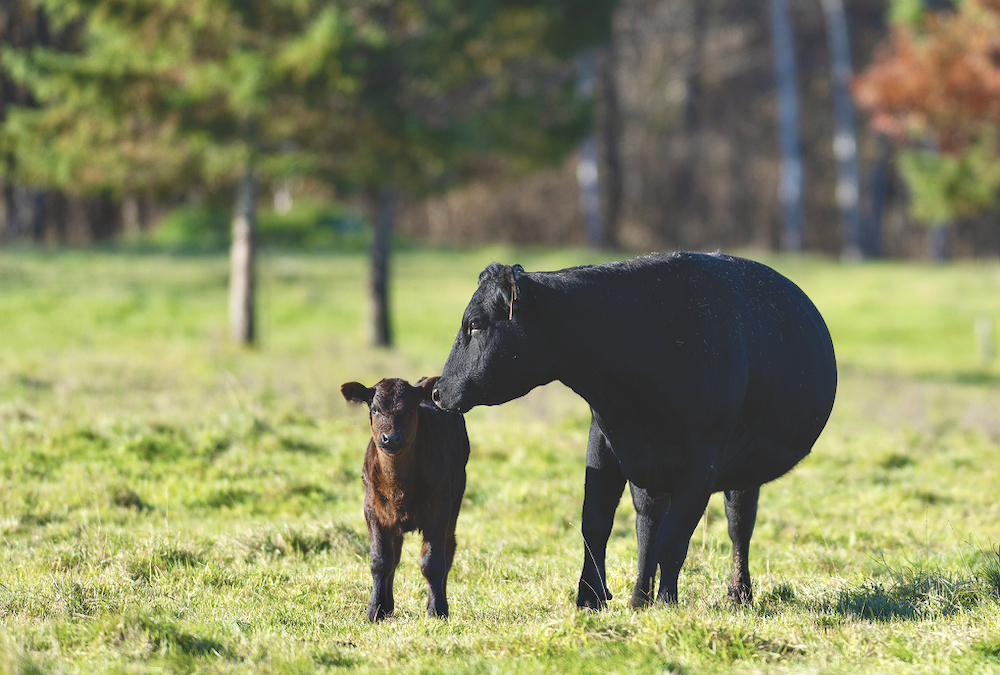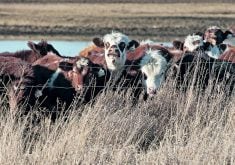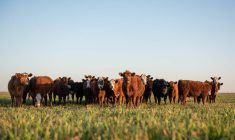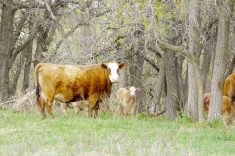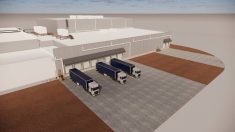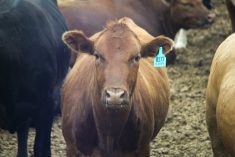Glacier FarmMedia – A farm’s best plan when it comes to rebuilding the cattle herd after drought may have a lot to do with how deeply it had to cull, according to the Beef Cattle Research Council study.
The study drew information from 17 farms registered with the council’s cow-calf production network from Western Canada and northern Ontario, said Brenna Grant, executive director of CanFax. It then modelled the farms’ recovery, based on a projected cull level (ranging from no extra culls to a 25, 50 or 75 per cent herd loss) and recovery strategy (purchased replacement stock versus replacement heifers).
“The overall objective that we wanted to answer with this study was: How do you minimize the equity drain on the operation?” Grant said.
Read Also
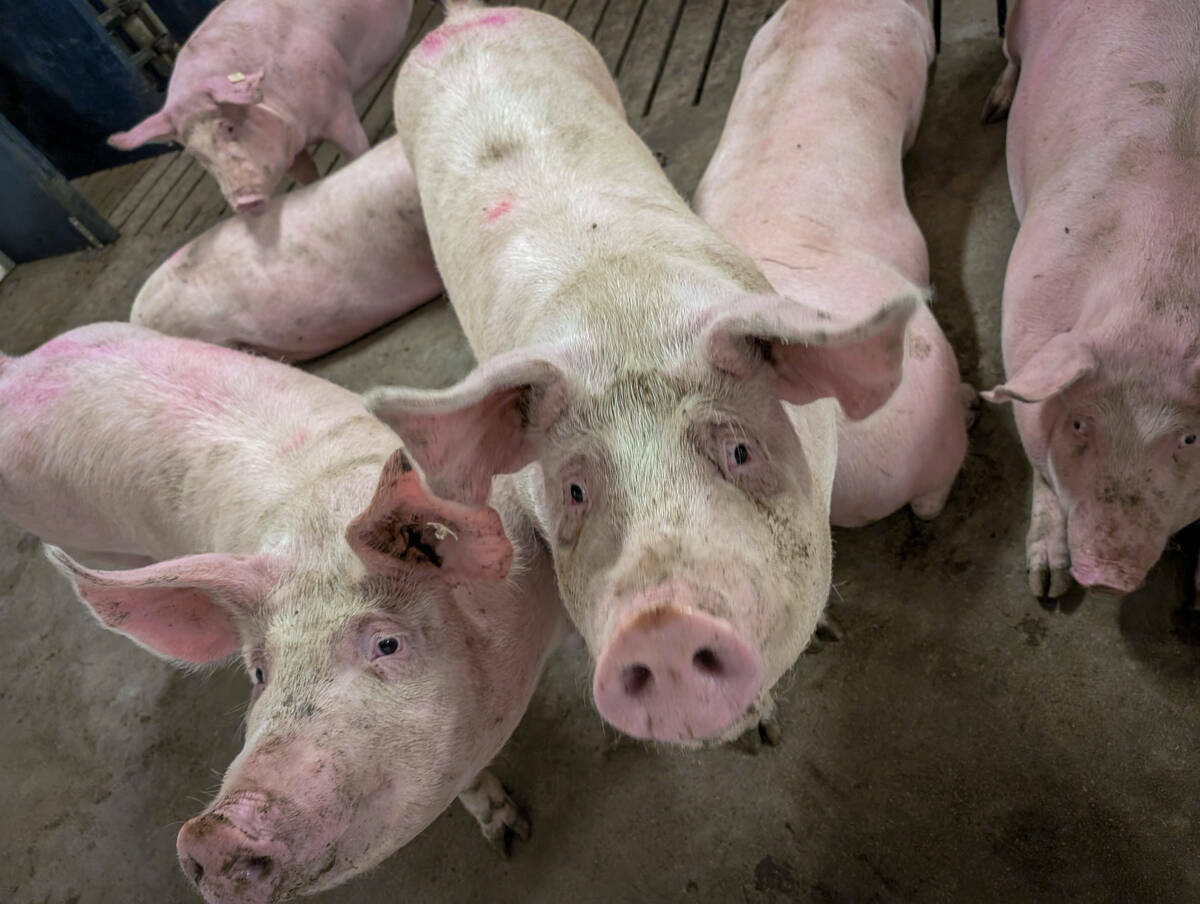
Ottawa pauses update on food from cloned livestock
Health Canada has indefinitely suspended a proposed update to the novel food policy governing foods derived from cloned cattle and swine, as well as their progeny.
A farm’s circumstances are rarely cut and dried, she said. Choices might hinge on availability of local feed or how strongly the producer wants to preserve herd genetics or level of concern about biosecurity when bringing in new stock. Cash flow also affects a producer’s ability to buy replacements.
“One of the reasons we wanted to ask this is we know that, with the economies of scale being a major driver (of profitability), that the impact of cost structure — the longer it takes to get back to your ideal herd size for your operation — you end up with high per-cow costs and you’re not able to necessarily cover them,” Grant said during a recent webinar.
Early results from the cow-calf production network found economies of scale as one of the main profitability drivers in the sector, along with a smaller mature cow size.
About 89 per cent of monitored farms that had 200 to 300 head and 75 per cent of farms with more than 300 head turned a profit in the last two years, but less than half of the operations with fewer than 200 cows made a profit in that same time.
Results
“If you were culling 25 to 50 per cent, rebuilding with your own heifers within the herd was the most profitable option for the majority of the farms, and if you were culling 75 per cent, purchasing heifers was the most ideal to rebuild in a timely fashion,” Grant said.
Buying new breeding females has the advantage of a quicker recovery, assuming the producer could afford it or absorb added debt.
The study assumed that producers would buy enough bred stock in fall 2022 to be back at pre-drought numbers by the 2023 calving season.
However, interest costs are a factor. Most ranchers would likely have to get loans to buy replacements, Grant said, and researchers found that cash flow deficits were more severe when rebuilding from the sales ring rather than holding back heifers.
“It was definitely a more risky strategy, but for the scenarios that were higher culling rates of, like, 75 per cent, it actually was more profitable and had less of an equity drain in the long run because of that ability to regain economies of scale faster,” she said.
Replacing solely from the herd takes time and is borrowed against the market revenue those heifers would otherwise have provided.
“One of the main challenges we had with a regular retention rate was that we were unable to rebuild to the original herd size within a 10-year period, and that resulted in a prolonged period of lost economies of scale with that lower herd size number,” Grant said.
Instead, the study projected an aggressive retention rate to shorten the recovery window, “recognizing that there would be less revenue in those early years, negatively impacting cash flow,” she said.
Grant acknowledged that farms will aim somewhere in between the extremes of buying all replacement stock immediately or aggressively retaining heifers.
– This article was originally published at the Manitoba Co-operator.


